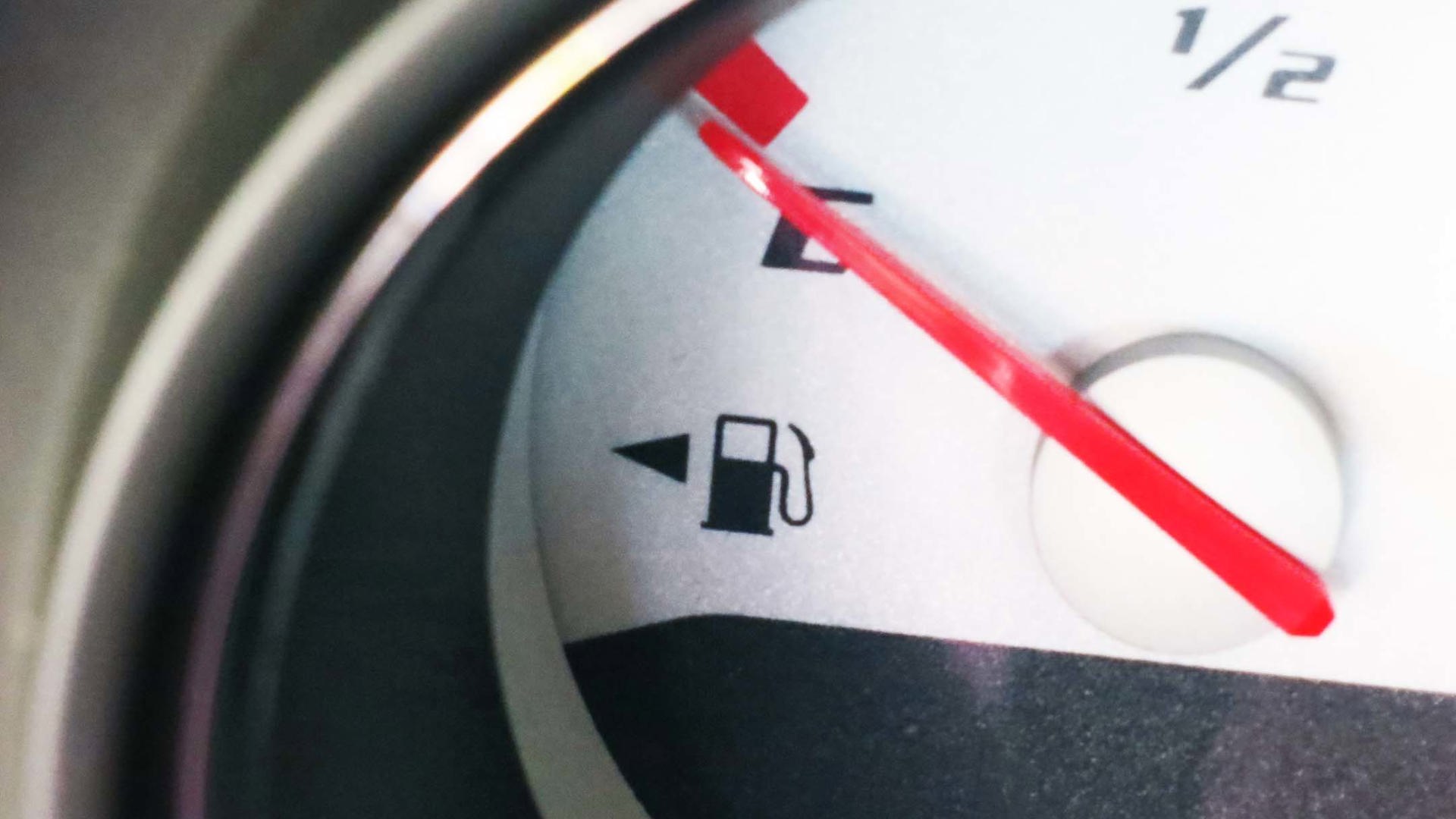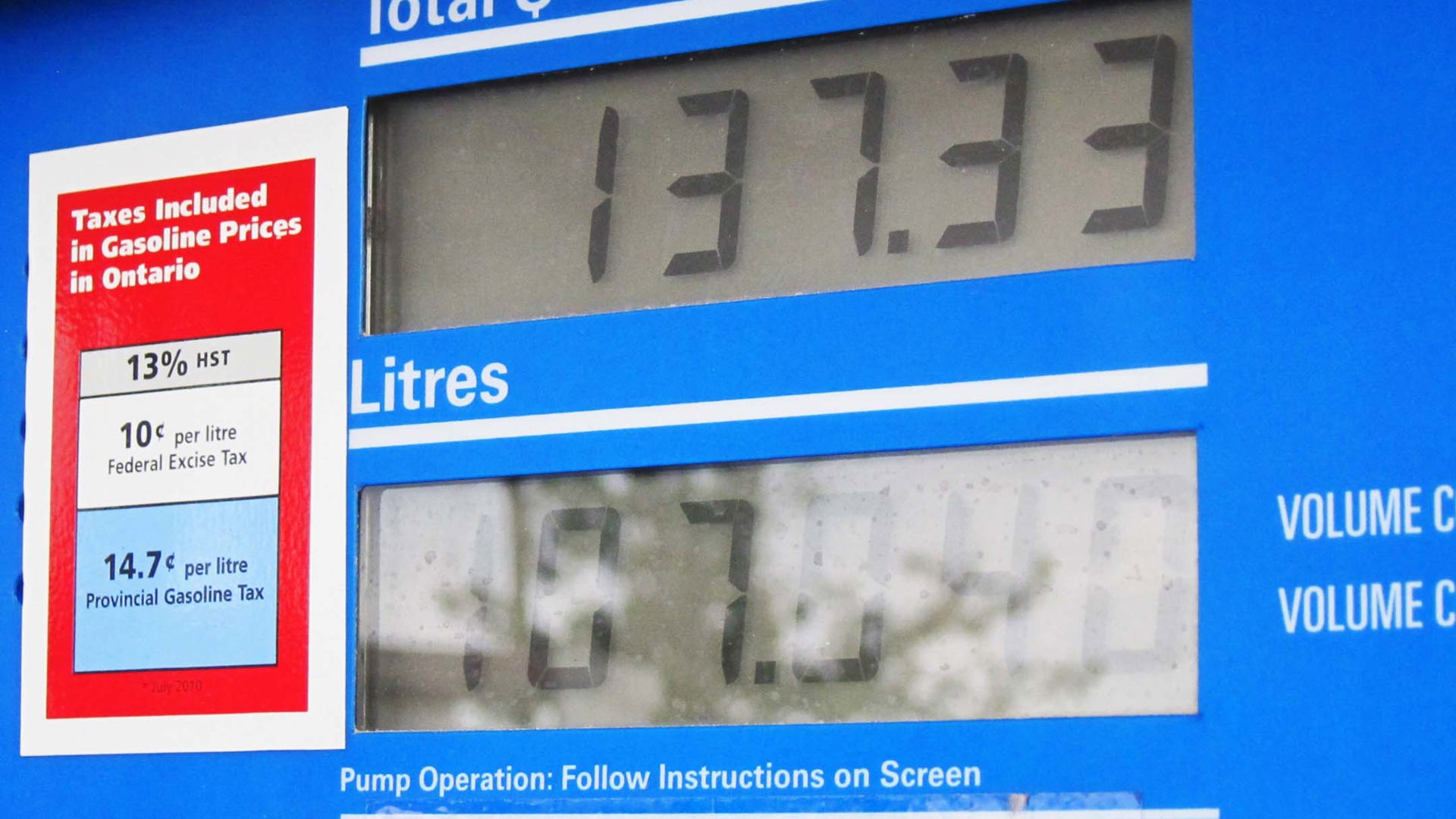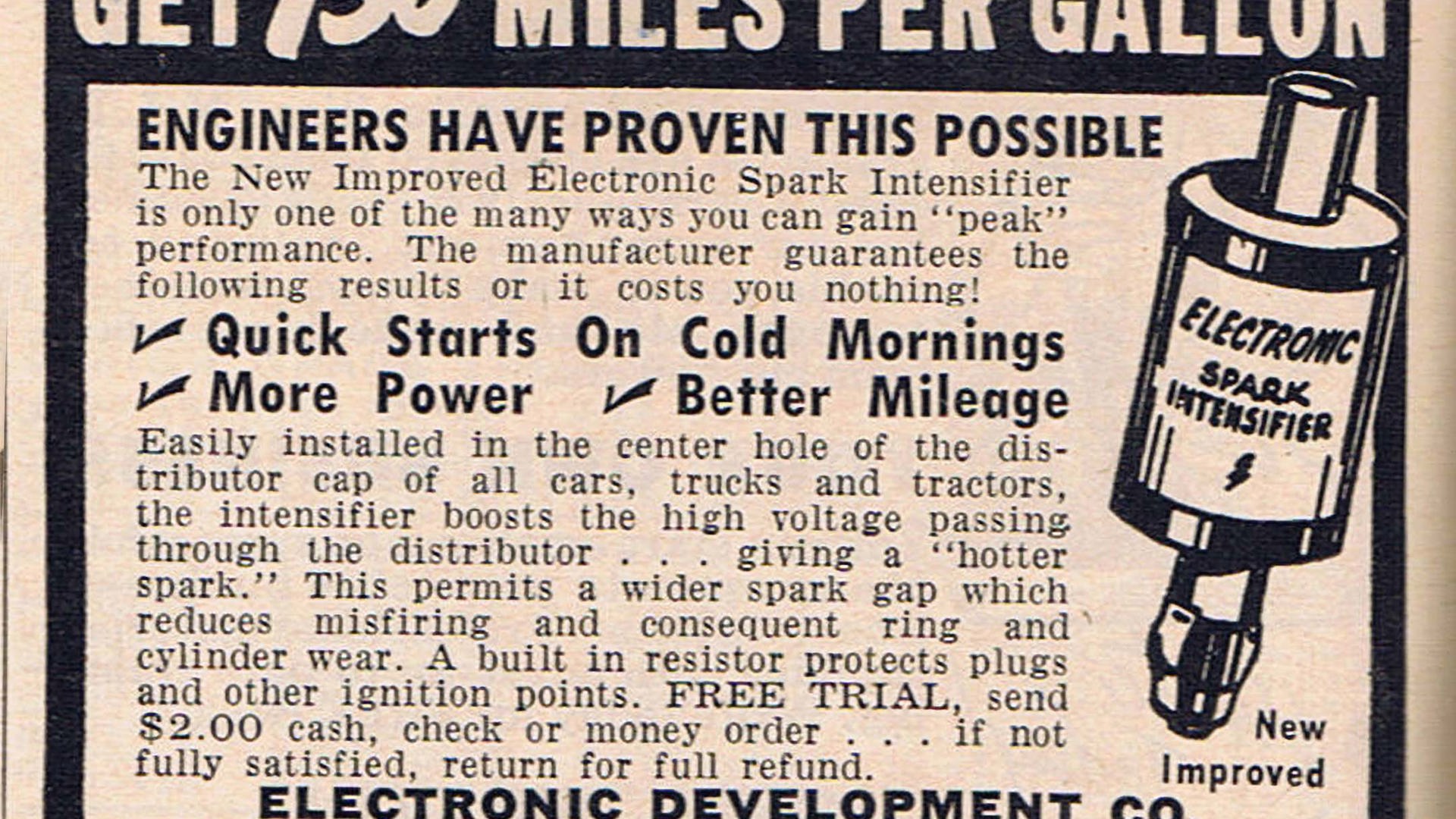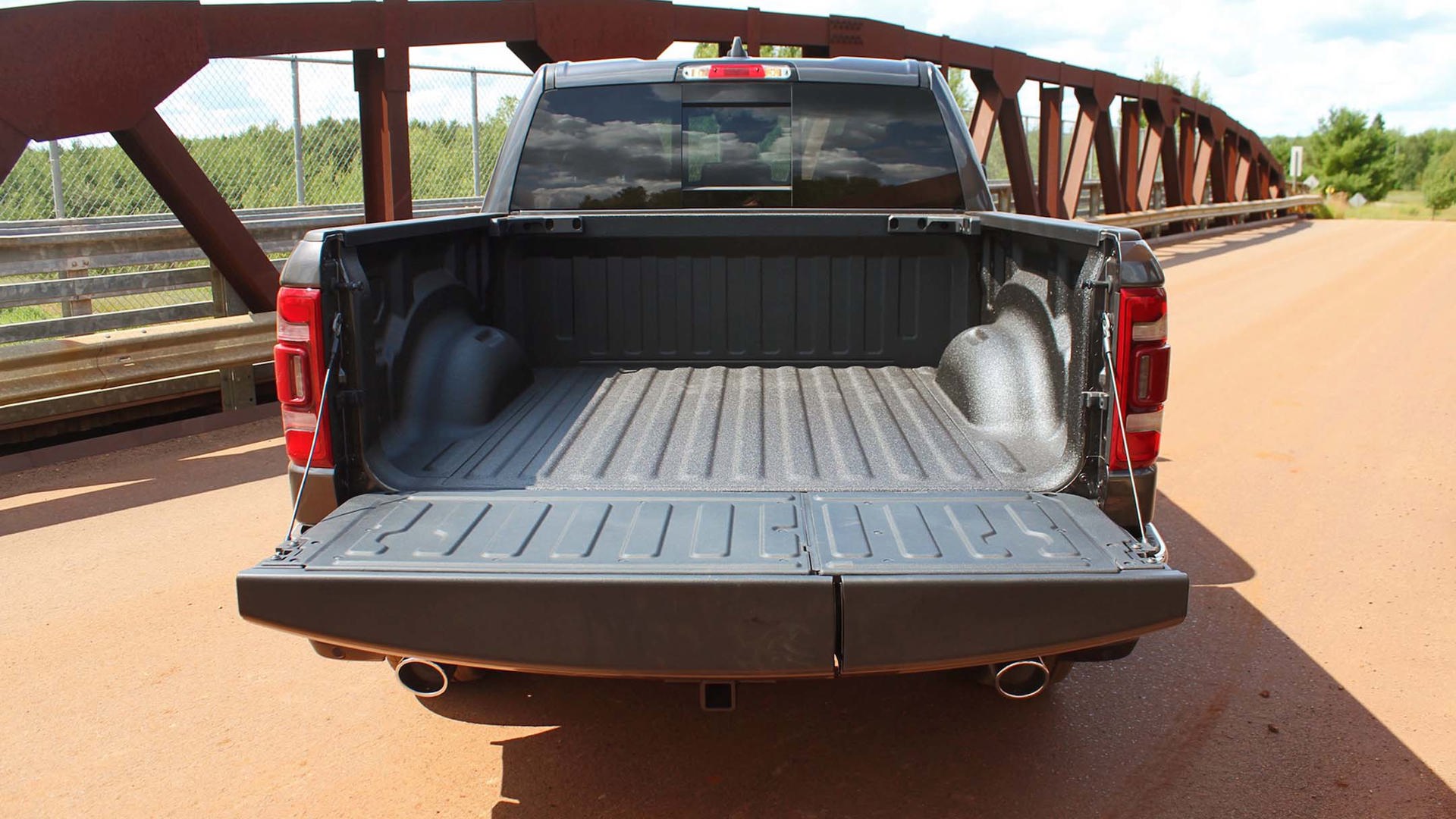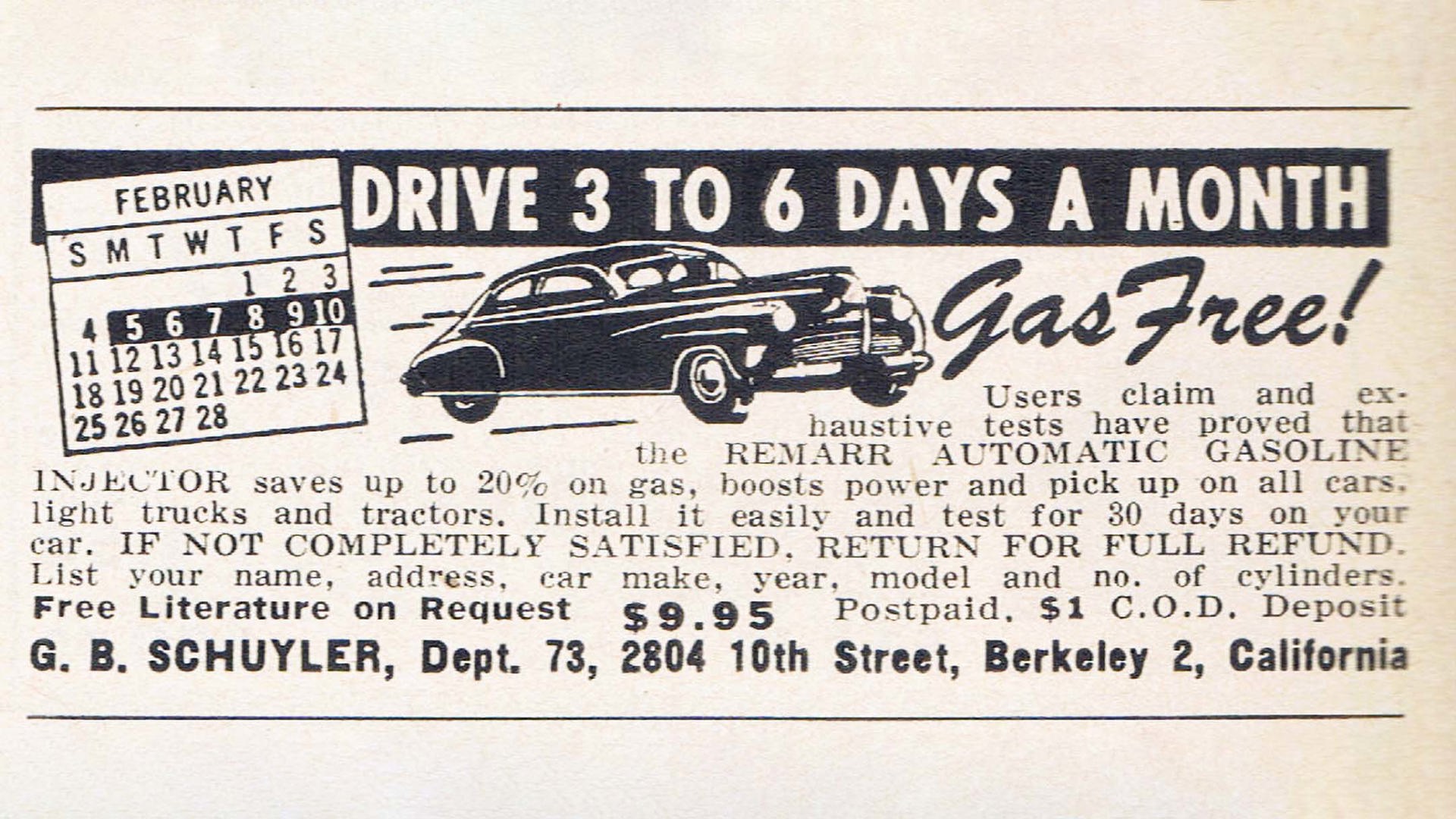Whether it’s to save money, or the environment, or both, everybody wants to get better fuel economy. But while you’ll hear all sorts of ways to do that, not all are legit. We’ve compiled some of the myths that revolve around cutting down your visits to the pumps.
Myth: The vehicle you buy determines your fuel economy.
Obviously a compact hybrid is going to use less fuel than a one-ton pickup truck, but there’s more to saving gas than just the type of vehicle. How you drive can be far more important than what you drive – and virtually anyone can improve fuel economy by improving their driving habits.
You don’t have to turn into a hyper-miler, either. Just pay more attention to what you’re doing and how it affects your mileage. Accelerate gradually, rather than banging down on the throttle. Look way ahead at all times (which is also a safest way to drive) and watch the lights and traffic, then adjust your speed or change lanes to avoid unnecessary stops, such as getting stuck behind the garbage truck. Take your foot off the throttle when you see brake lamps or red lights, rather than braking hard at the last minute. Maintain a steady speed when cruising – that’s what cruise control is for! – rather than on-the-gas-off-the-gas. Natural Resources Canada estimates that these methods can lower fuel consumption and emissions by as much as 25 percent.
Myth: The smaller engine choice is always the most fuel-efficient.
The answer here is, “It depends,” because there can be other factors, including how you plan to use it. Many manufacturers are replacing larger engines with smaller-displacement turbocharged ones, which provide bigger-engine power when the turbocharger kicks in.
Some are offering smaller turbocharged engines in pickup trucks, and they can get very thirsty if they’re worked hard. If you frequently use yours to tow or haul heavy loads, you might ultimately be better off with a larger, naturally aspirated engine.
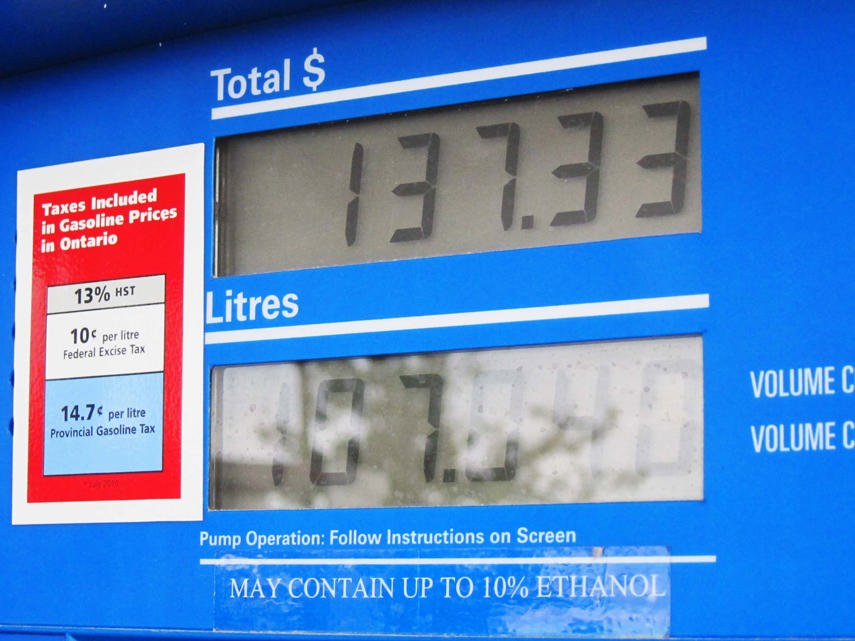
Myth: Manual transmissions save more fuel than automatics.
That used to be the case, but not anymore. Automatics have been vastly improved over the years as automakers add more gears (or don’t use any if it’s a CVT), use more low-friction materials and lubricants, and control the shifts electronically.
In many cases, automatics are now rated better than their shift-’em-yourself siblings. As an example, the 2019 Mazda MX-5 is officially rated at 8.1 L/100 km (city/highway combined) with a six-speed manual, and 7.9 L/100 km with a six-speed automatic. That one’s a small difference (and we’d rather row the MX-5’s gears ourselves, too) but automatics are no longer the fuel-economy-sucking units they used to be.
Myth: “Treating” your vehicle to a tank of premium improves fuel efficiency.
This old myth still gets driven around the block every now and again. If a car normally takes regular-grade (87-octane) fuel, an occasional tank of “the good stuff” will make it run more efficiently – so it’s said.
Higher-octane fuel is recommended or required in some engines because it’s less volatile than lower-octane gas. The combustion chamber in a high-compression engine gets very hot, which can potentially cause lower-octane fuel to ignite on its own before the spark plug fires. Higher-octane fuel reduces this possibility.
You should move up a grade if your engine knocks or “pings”, but otherwise, save yourself the extra cost of premium fuel and pump in the regular grade. All gasoline grades have detergents and additives to help keep your engine clean. If you’re not sure you’re getting enough, look for “Top Tier” gas (sold by many brand-name stations), which requires the same level of additives in all grades.
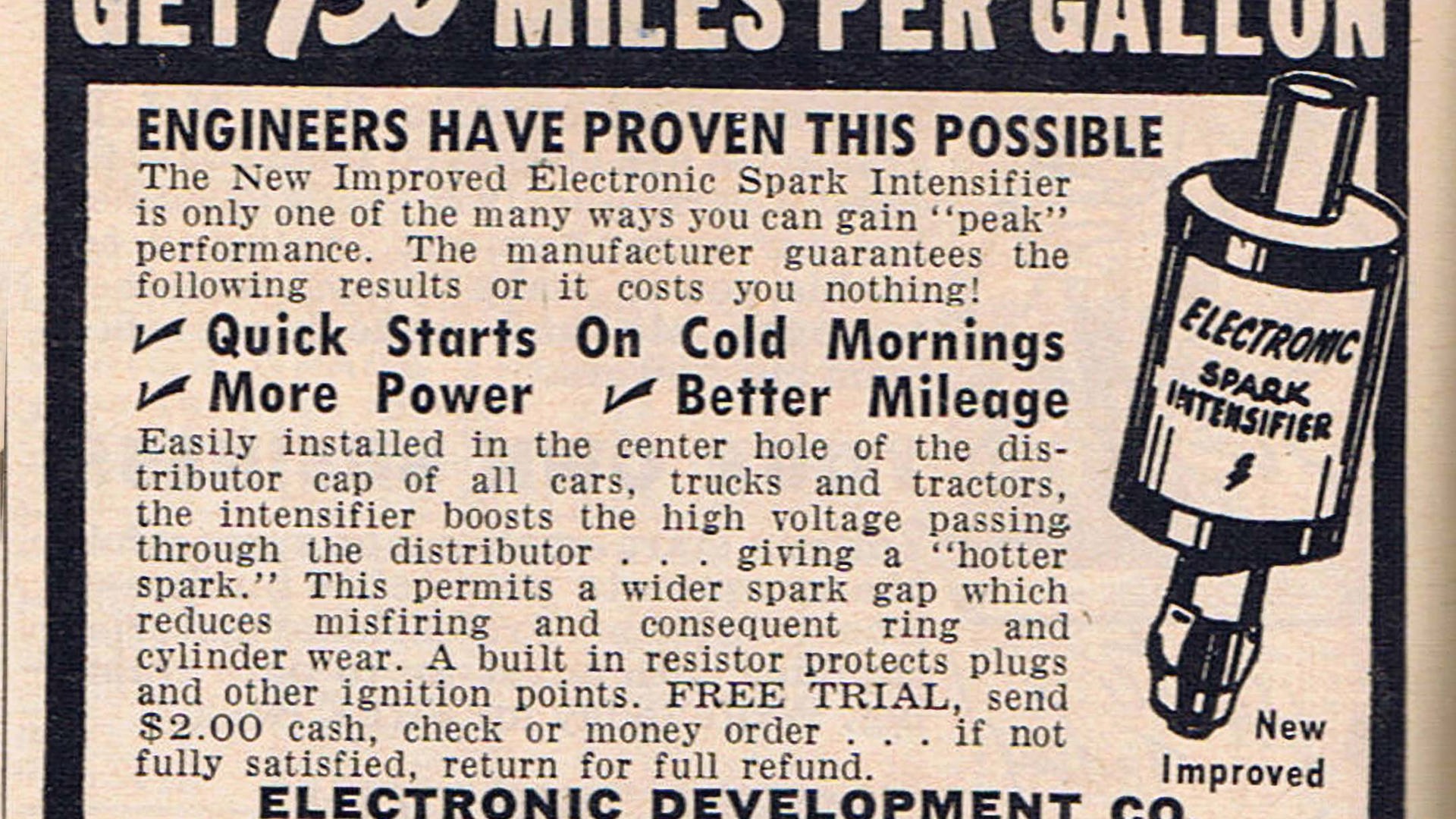
Myth: I can save fuel by using additives.
Additives that claim to improve fuel efficiency are almost as old as the automobile itself, and they’re still on the store shelves, separating drivers from their money. It’s common for companies to claim a fuel economy improvement of anywhere from 10 to 40 percent. But the US Environmental Protection Agency (EPA) has run tests on numerous additives, and has yet to find one that significantly improves fuel economy.
Note that we’re talking about products claimed to improve efficiency. There are fuel additives intended for other uses that do work, including fuel stabilizers (add it to vehicles or small engines that aren’t going to run for a while), octane boosters (mostly used by those with antique or race cars), and diesel additives to prevent cold-weather gelling.
Myth: Buy your gas “cold”.
The idea behind this legend is that you’ll get way more gas for your cash if you buy it very late at night or early in the morning when the fuel is cooler, and therefore denser than warm fuel.
Consumer Reports tested and debunked this one. The fuel in those huge underground tanks generally stays at a stable temperature, rather than swinging up and down between morning and night (and the researchers said it could be warmer than usual if the fuel was recently delivered to the station). And even if you successfully harvest cold gas, the density difference between a fill-up of cooler or warmer gasoline is no more than 1 percent.
Be smart when shopping around for cheaper gas, too. If it’s a few cents per litre, but you have to drive several kilometres out of your way or idle in a long line waiting for the pump, it’s likely you’re burning away most of your savings.
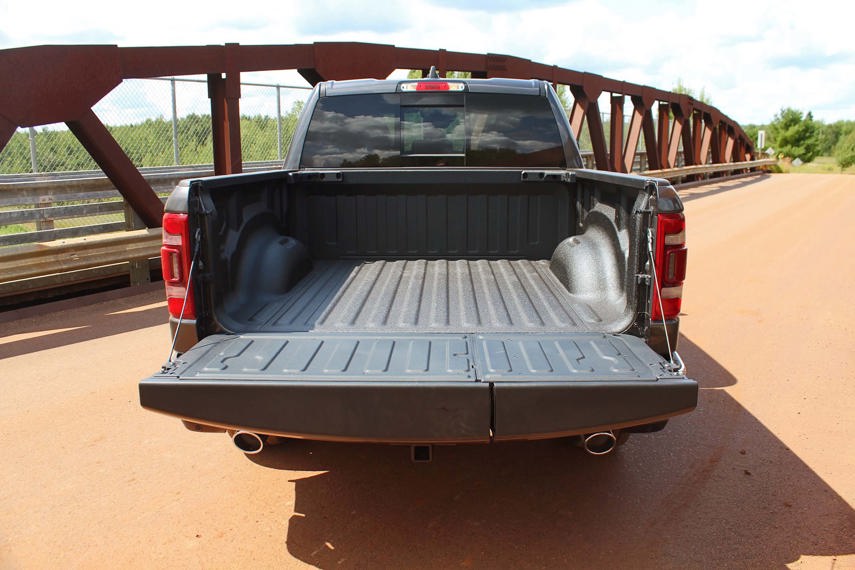
Myth: Drop your pickup’s tailgate for better mileage.
Those who still cling to this long-debunked myth theorize that air drops into the pickup bed and pushes back against the tailgate, creating drag. In reality, trucks are designed to be most efficient when the tailgate is up.
With the tailgate up at highway speeds, a “bubble” of slow-moving air forms in the bed. Air moving over the cab deflects off this bubble, reducing drag. Tonneau covers reduce this aerodynamic benefit, although their usefulness usually outweighs the fuel sacrificed.
Myth: Change your air filter to improve fuel economy.
This used to be true, back when carburetors gulped their air directly through a paper filter, and couldn’t breathe properly if it was plugged. Today, your fuel-injected vehicle uses sensors and computers to determine how much air is coming in, and adjusts the fuel flow to match it. You should still replace or clean a clogged filter to improve the vehicle’s performance, but don’t expect the fuel gauge to move any slower.
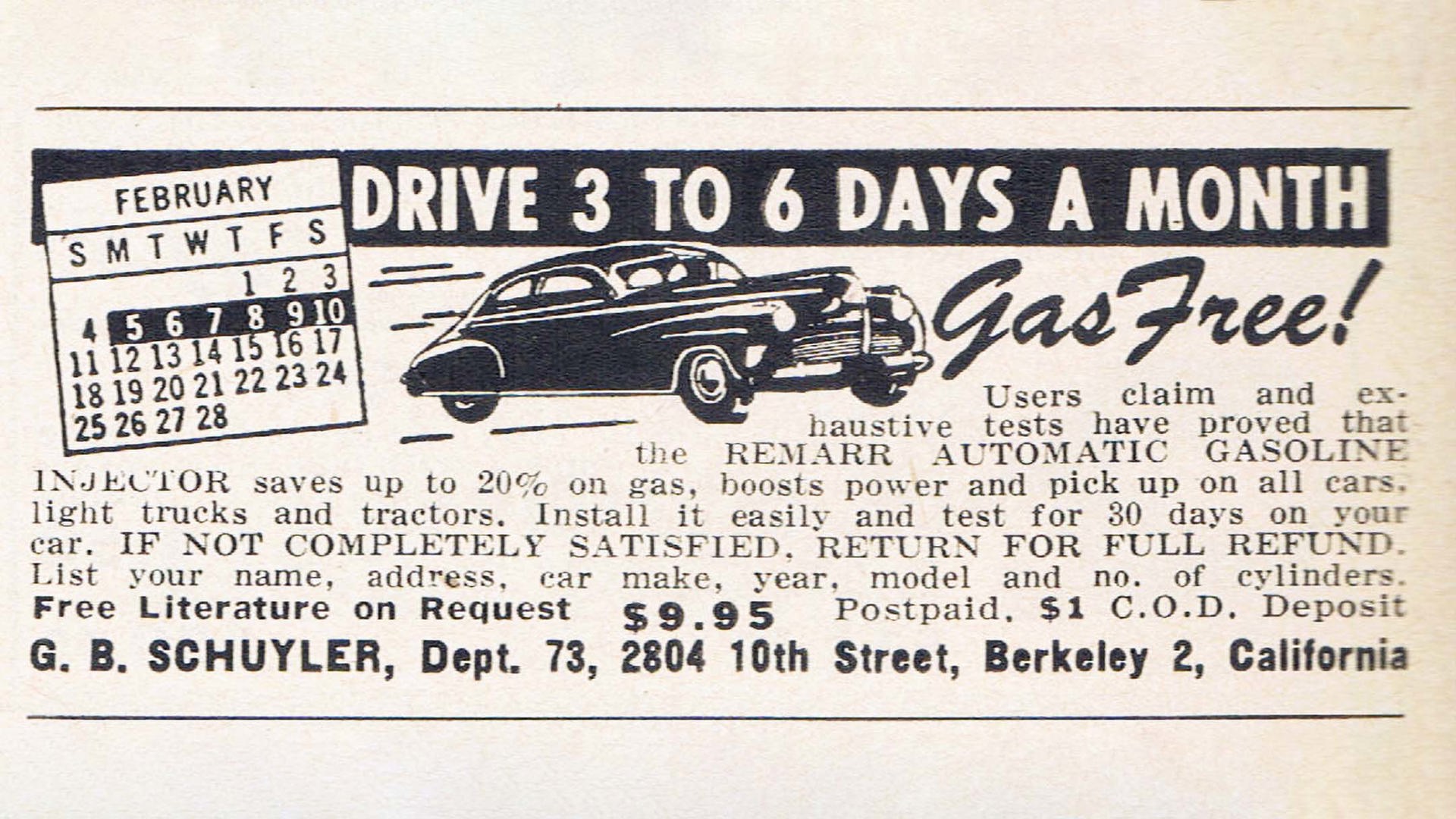
Myth: There was a 100-mile-per-gallon engine, but the industry killed it.
Actually, according to some myths, it was 200 miles per gallon, or even 300 or 400 miles. The story of the super-efficient carburetor has been around since at least the 1920s. Many versions date back to Charles Nelson Pogue of Winnipeg, who applied for several patents on a carburetor that he said vaporized the gasoline into a dry mixture that released more energy. But he never allowed anyone to see the device, or to objectively test his claims.
Other inventors claimed similar breakthroughs, with many adding that their blueprints, devices, or cars mysteriously disappeared after they spoke to automakers. None of these hyper-mile carburetors ever made it to consumers.
The auto industry isn’t angelic – it’s been verified that certain automakers worked to eliminate electric railways in favour of motorization – but killing a super-efficient engine doesn’t make sense, even among manufacturers that partnered with oil companies. The automaker with the patent, once the device hit the showroom floor, would sell so many copies it would own the world. Chalk up one more for the list of fuel economy myths.
